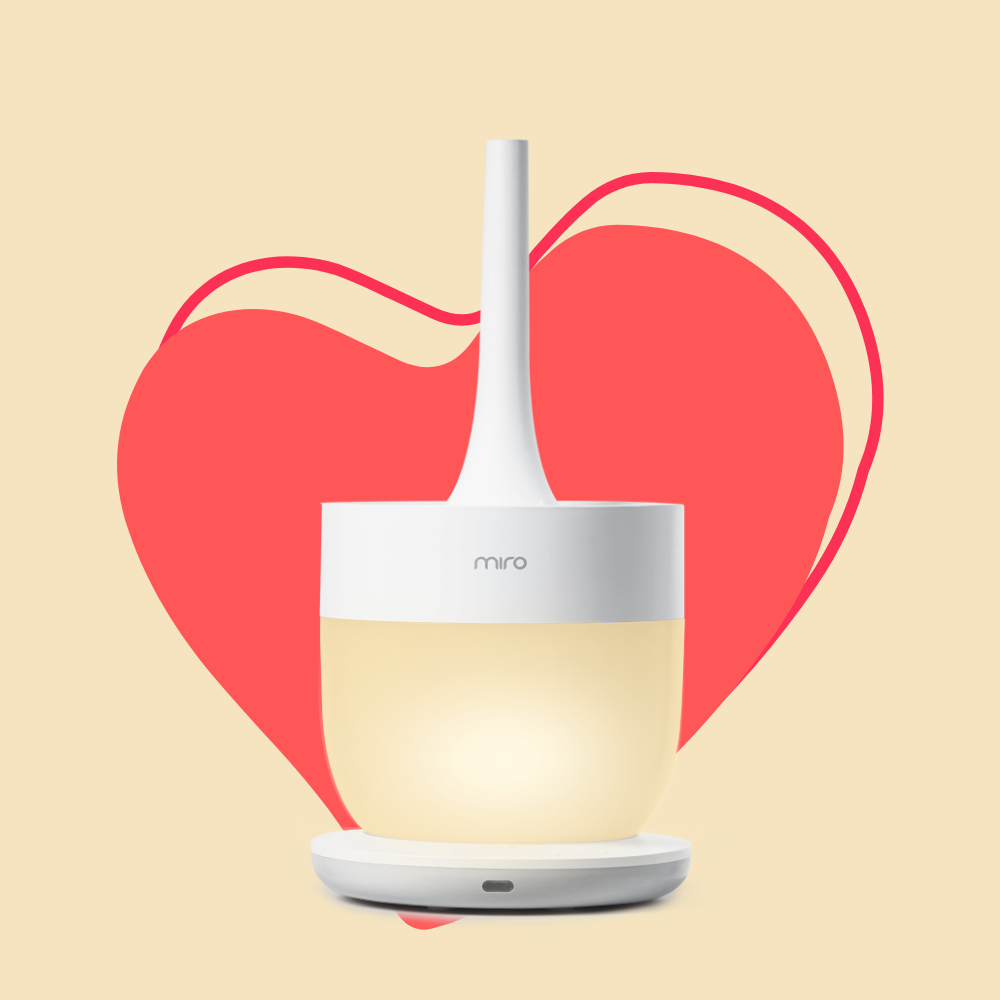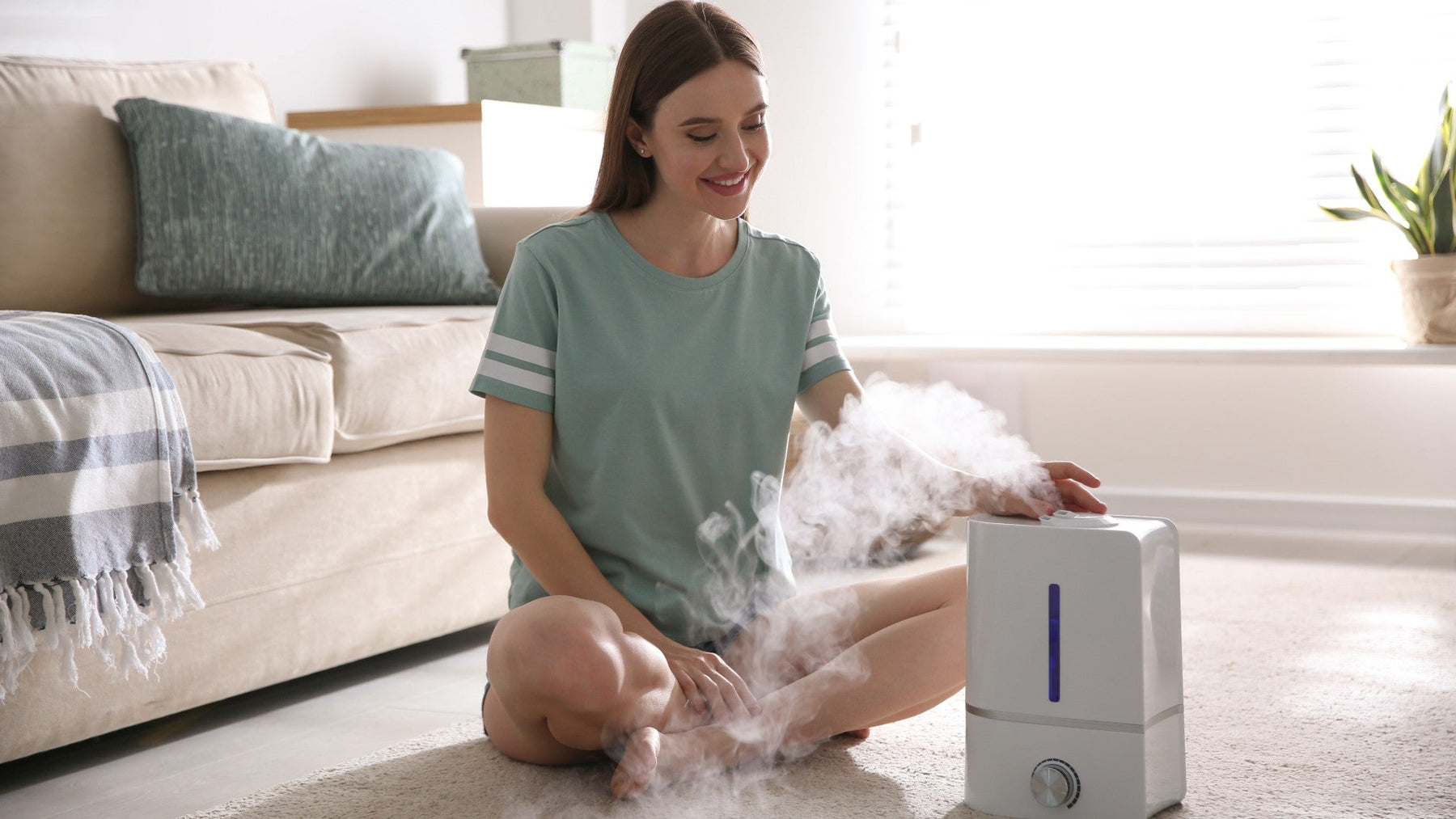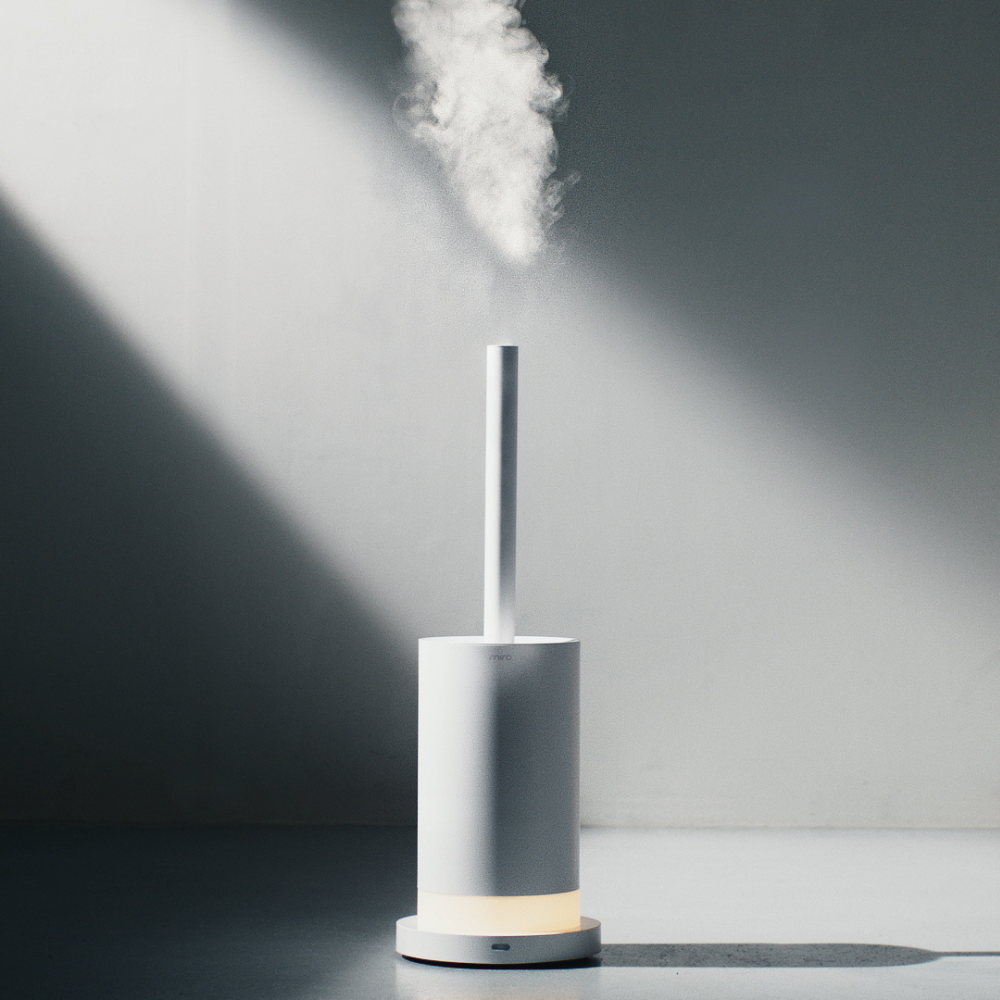

Pink Residue in Humidifier: Causes, Prevention, and Removal
A humidifier is an essential appliance that can help alleviate dry air and improve breathing. However, if you notice a pink remains in your humidifier, it can be quite alarming. This pink remains is commonly known as "pink mold," although it is not a mold at all. In this article, we will discuss the causes, prevention, and removal of pink residue in humidifiers, as well as how to prevent pink mold and maintain proper maintenance of your device.
What is pink remains in Humidifier?
pink remains in humidifiers is a common problem caused by bacteria, specifically Serratia marcescens. It can appear as a slimy, pinkish film or build-up in the water tank or other parts of the humidifier. This bacteria thrives in damp and humid environments, which makes humidifiers a perfect breeding ground for pink mold growth.
Causes of Pink Residue in Humidifier
There are several factors that contribute to the growth of Serratia marcescens in humidifiers, leading to a pink mold infestation. These include:
Poor Maintenance
Failure to clean and disinfect your humidifier regularly can lead to the buildup of bacteria and other microorganisms, including Serratia marcescens. When left unchecked, these microorganisms can proliferate and cause pink remains in the humidifier, leading to mold growth.
High Humidity
Humidifiers are designed to increase humidity levels in a room or space. However, when the humidity level is too high, it can create a damp and humid environment that promotes the growth of bacteria, leading to pink mold formation.
Using Tap Water
Tap water contains minerals that can accumulate and form deposits in your humidifier's water tank, which can also promote the growth of bacteria. The minerals in tap water can also react with the disinfectant used to clean your humidifier, creating a breeding ground for bacteria and encouraging mold in your humidifier.
Stagnant Water
Stagnant water in the humidifier can become a breeding ground for bacteria, including Serratia marcescens. When water is left standing in the humidifier for extended periods, it can cause the water to become contaminated and cause pink remains, leading to pink mold growth.
Health Risks Associated with pink remains in Humidifiers
pink remains in humidifiers can pose health risks to people, especially those with weakened immune systems, such as the elderly, young children, and people with chronic illnesses. Exposure to Serratia marcescens can cause respiratory infections, urinary tract infections, and other health complications, including difficulty breathing, asthma attacks, and gastrointestinal trouble.
Prevention of pink remains in Humidifiers
Preventing pink remains in humidifiers involves proper maintenance and cleaning. Here are some tips to prevent the buildup of bacteria in your humidifier and stop pink mold growth:
Clean and Disinfect Your Humidifier Regularly
Clean and disinfect your humidifier every three days or as recommended by the manufacturer's instructions. Use a disinfectant recommended for humidifiers, such as hydrogen peroxide or white vinegar, to remove any bacteria or mineral deposits.
Use Distilled Water
Using distilled water in your humidifier can prevent the buildup of minerals and other contaminants that can promote the growth of bacteria. Distilled water is free from minerals and other contaminants, making it the ideal water source for your humidifier.
Empty and Refill Your Humidifier Daily
Empty the water tank of your humidifier daily to prevent the growth of bacteria in stagnant water. Refill the tank with fresh water and add a disinfectant recommended by the manufacturer to keep the humidifier clean.
Use a Humidity Gauge
Using a humidity gauge can help youmonitor the humidity level in your room or space. Keeping the humidity level between 30% and 50% can prevent the growth of bacteria and other microorganisms, helping to prevent mold growth.
Store Your Humidifier Properly
When not in use, store your humidifier in a dry and cool place. Make sure to empty the water tank and clean it thoroughly before storing.
How to Remove pink remains in Humidifiers
Removing pink remains from your humidifier involves thorough cleaning and disinfection. Here's how to clean pink mold and maintain a healthy environment:
Empty the water tank and disassemble the humidifier.
Wash the water tank and other removable parts with warm water and mild soap to remove any soap and shampoo residue.
Rinse the parts with clean water and dry them thoroughly using a paper towel.
Mix a solution of equal parts white vinegar and water or hydrogen peroxide and water.
Soak the removable parts in the solution for at least about half an hour.
Scrub the parts with a soft brush or sponge to remove any residue, including any mold build-up or thin layer of pink molds.
Rinse the parts with clean water and dry them thoroughly.
Reassemble the humidifier and fill it with fresh water.
Maintaining a Clean and Healthy Humidifier: Addressing Orange Residue and Bacterial Growth
Discovering an orange residue in your humidifier can be concerning, but understanding its origins and how to manage it is key to maintaining a healthy indoor environment.
This discoloration often stems from mineral deposits in the humidifier, a common occurrence in areas with hard water. While these deposits are not inherently dangerous, they can affect the efficiency and cleanliness of your device.
Utilizing an antibacterial additive for humidifiers can significantly reduce the growth of bacteria and prevent the formation of these residues.
For those using cool mist evaporative humidifiers, incorporating a humidifier bacteriostatic treatment can help maintain the unit's cleanliness by inhibiting the growth of bacteria and mold within the system.
It's essential for users of evaporative cool mist humidifiers to regularly clean their units and consider these treatments to ensure the air being emitted is as clean and beneficial as possible.
Other Tips to Keep Your Humidifier Clean
Apart from regular cleaning and disinfection, here are some additional tips to keep your humidifier clean and prevent pink mold growth:
Use a humidifier with a removable water tank to make cleaning easier.
Avoid using essential oils in your humidifier as they can promote the growth of bacteria. Instead, consider adding a few drops of tea tree oil for its antibacterial properties and pleasant scent.
Use a humidifier with a built-in humidistat to control the humidity level.
Replace the water in your humidifier daily to prevent the buildup of bacteria.
Regularly inspect and clean your humidifier's filter and vapor spout to ensure they are free from mold growing.
Follow the manufacturer's instructions for properly cleaning and maintaining your humidifier to ensure it is properly maintained.
FAQs
Is pink remains in humidifiers harmful?
pink remains in humidifiers can be harmful to people with weakened immune systems or those with respiratory illnesses. It can cause respiratory infections and other health complications, including long-term exposure effects.
How often should I clean my humidifier?
It is recommended to clean your humidifier every three days or as recommended by the manufacturer.
Can I use tap water in my humidifier?
It is not recommended to use tap water in your humidifier as it contains minerals that can promote the growth of bacteria. Instead, use distilled or filtered water.
What should I do if I see pink remains in my humidifier?
If you see pink remains in your humidifier, empty and clean it thoroughly using a recommended disinfectant.
Conclusion
pink remains in humidifiers can be a cause for concern, but it is preventable and removable with proper maintenance and cleaning. Regular cleaning, using distilled water, monitoring the humidity level, and storing the humidifier properly can prevent the buildup of bacteria and other microorganisms. Removing pink remains involves thorough cleaning and disinfection using a recommended disinfectant. Using a humidifier has several benefits that make it a valuable addition to any home or space, but it is crucial to maintain it properly to ensure a healthy environment.


